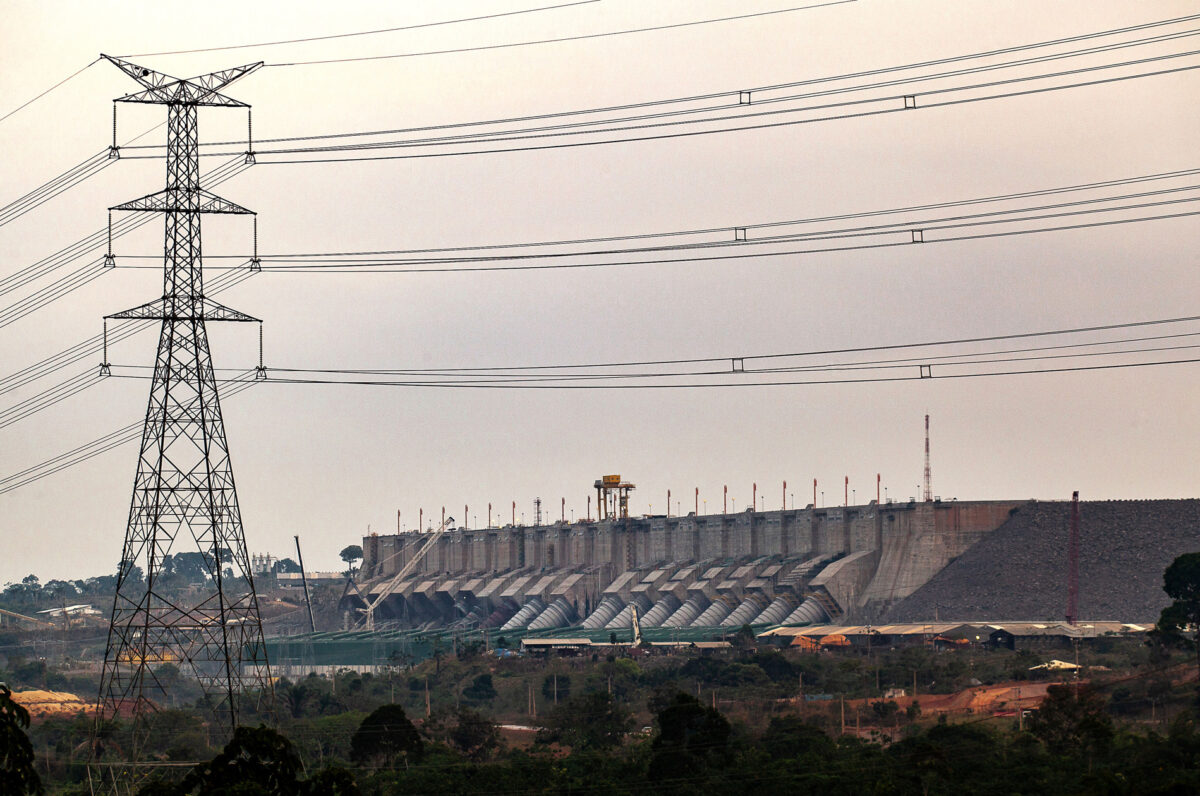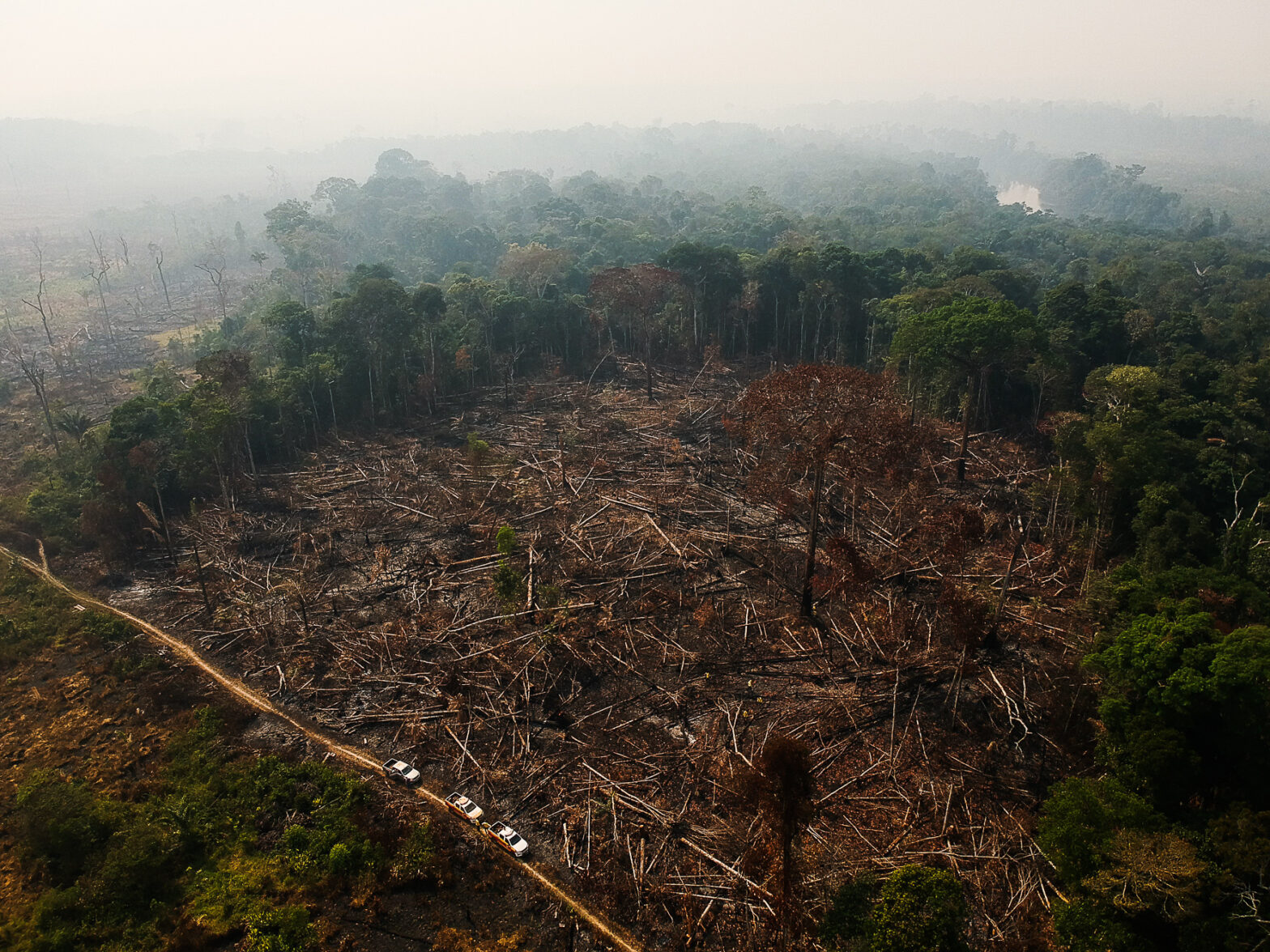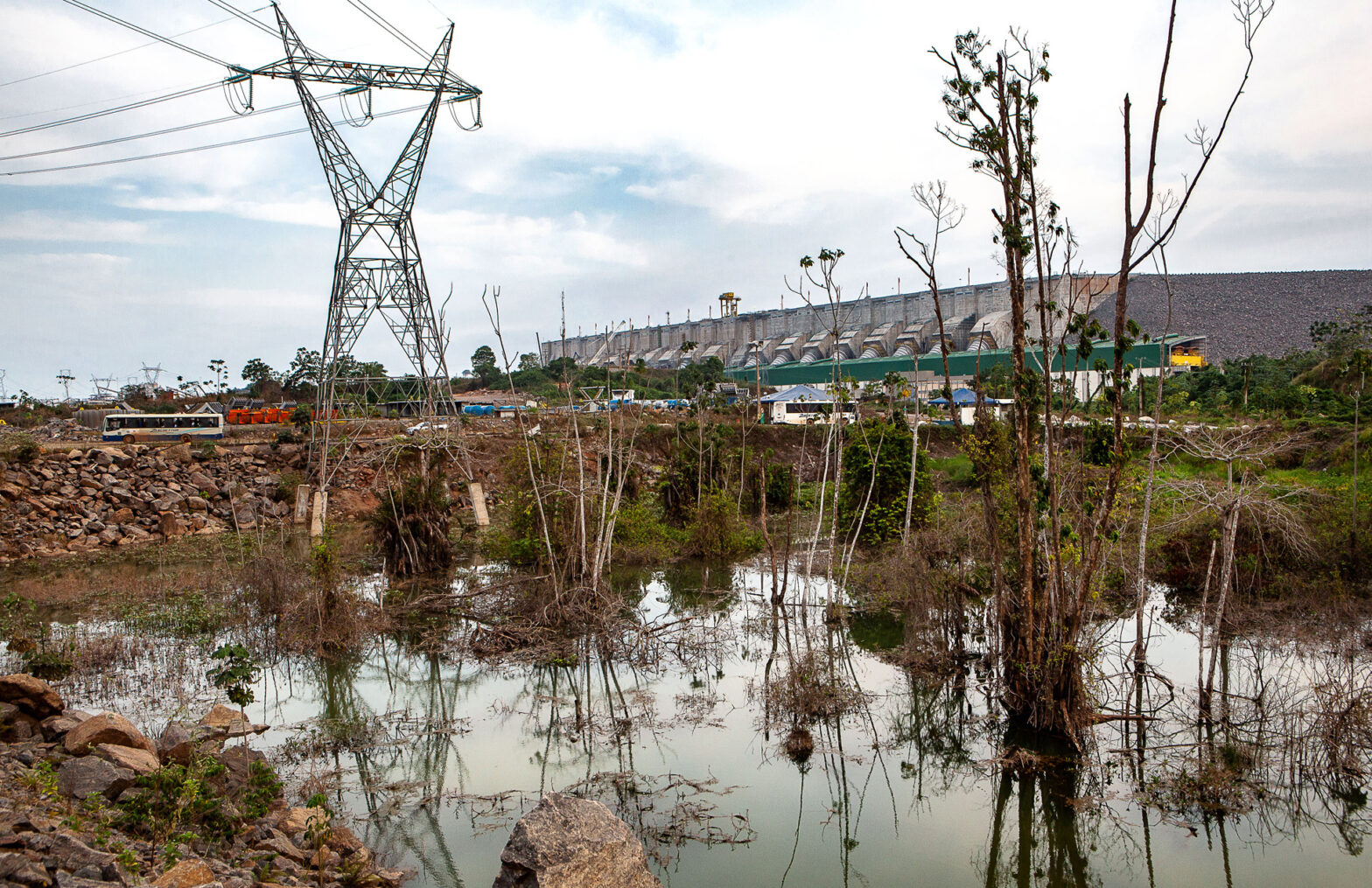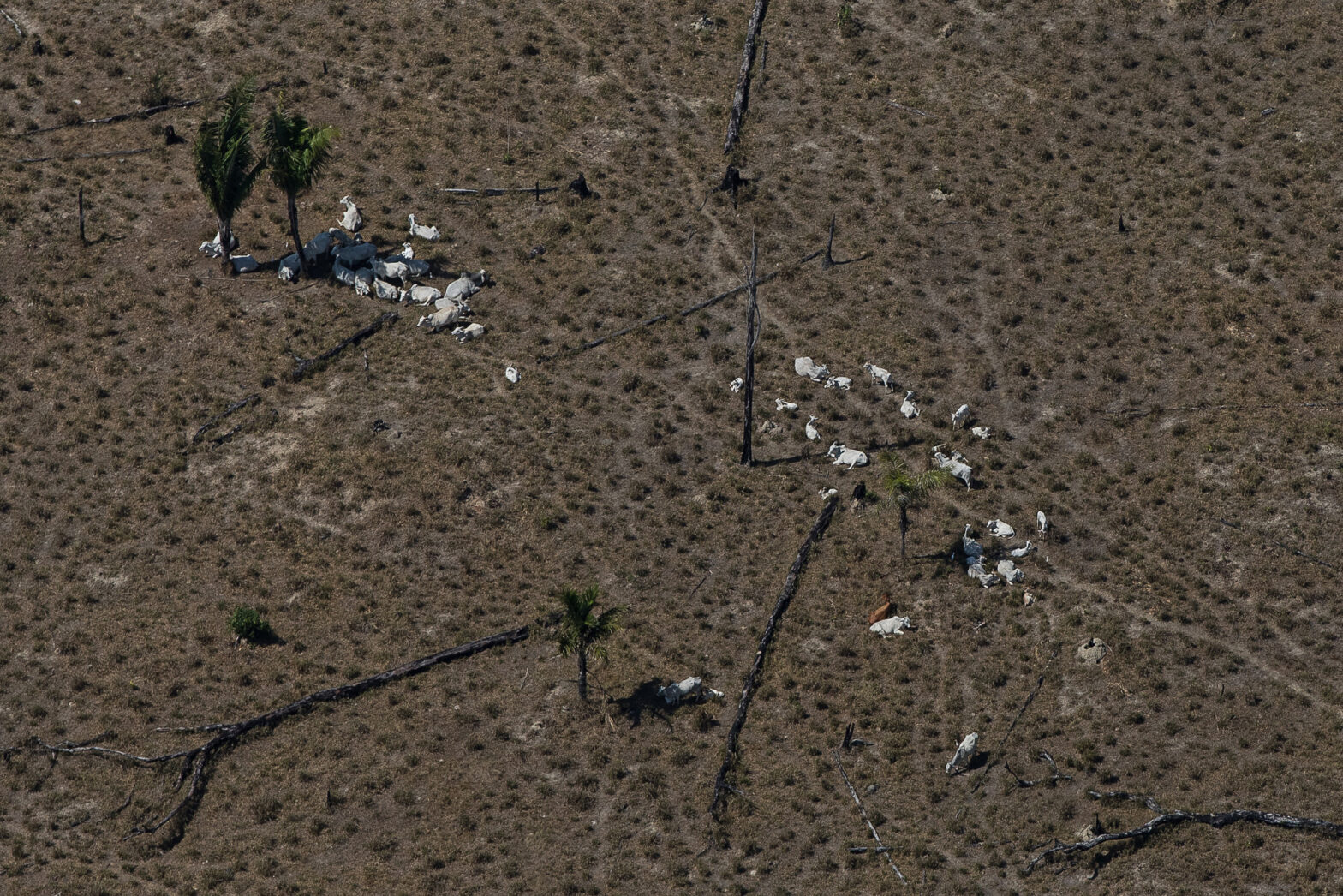Researchers from American and European institutions have created a method to improve the planning and implementation of hydroelectric plants while reducing socio-environmental impacts on the rainforest.
While nuclear fuels, oil, gas, and coal dominate electricity generation in regions such as Europe and North America, hydroelectric plants are the main source of energy in South America. The Amazon River Basin, the largest and richest in ancestral cultures and biodiversity on the planet, has over 350 planned power-plants and 158 other dams operating or under construction.
Usually far from the centers that use the most electricity, plants and lines generate deforestation, harm the flows of water and sediments in the rivers, and the life of fish and other species, besides releasing more greenhouse gases, increasing the global climate crisis. In a recent article published on Science, about 40 experts from American and European institutions claim it is possible to reduce such impacts with changes on the site of projected plants. In the study, scientists suggest a model that assesses the impact of power plants under various environmental variables.
Among the largest dams in the world, the Santo Antônio and Jirau plants on the Madeira River, which springs up in Bolivia, and Belo Monte, on the Brazilian Xingu River, have increased the fragmentation of the Amazonian river network by 40%. By breaking the rivers into smaller pieces, they harmed commercial and public navigation, movement, and reproduction of fish. Had they had been built further up the rivers, some of the damage would have been mitigated.
Today, these rivers are barred simultaneously, as if they cut the branches of a tree. Installing hydroelectric plants in the main flow (trunk) of the rivers, for example, would maintain energy generation and would be less harmful to fluvial connectivity and other environmental parameters
Nathan Barros, from the Aquatic Ecology Laboratory of the Federal University of Juiz de Fora (UFJF), in Minas Gerais, and one of the study’s authors
“Today, these rivers are barred simultaneously, as if they cut the branches of a tree. Installing hydroelectric plants in the main flow (trunk) of the rivers, for example, would maintain energy generation and would be less harmful to fluvial connectivity and other environmental parameters,” explained Nathan Barros, from the Aquatic Ecology Laboratory of the Federal University of Juiz de Fora (UFJF), in Minas Gerais, and one of the study’s authors.


The study carried out an artificial intelligence analysis of 3 million stretches of Amazonian rivers, which pointed to the worst hydroelectric projects, which should be discarded, and others whose position could be changed to contain environmental damage. “Projects that seem good in the national scope can become intolerable when evaluated in the context of the Amazon Basin”, explained Thierry Oberdorff, a researcher at the Ecology, Evolution, and Biodiversity laboratory at the University of Toulouse (France).
The study points out that the joint impact of the 350 existing dams, especially on trans-boundary rivers, has not been considered. As shown by InfoAmazonia, in August 2018, 221 hydroelectric power plants were operating in the Brazilian Amazon. Ongoing projects of 12 hydroelectric plants can deforest 9,500 km² and harm 700 million primates, birds, and trees in the Tapajós River basin. The risk of deforestation would increase in 44 of the 53 protected areas in the territory.
“The study is not a ‘green light’ for the indiscriminate installation of hydroelectric plants in the Tapajós or Amazon basins. It is a tool for decision-makers to choose the reservoirs that will cause the least impact in the region. Their construction depends on technical and political decisions,” recalled Barros, from UFJF.
The study is not a ‘green light’ for the indiscriminate installation of hydroelectric plants in the Tapajós or Amazon basins. It is a tool for decision-makers to choose the reservoirs that will cause the least impact in the region. Their construction depends on technical and political decisions
Nathan Barros, researcher at UFJF
The studies that converged on the recent Science publication began 5 years ago in the Marañon Basin, in Peru and Ecuador, the target of dozens of hydroelectric projects. This huge Amazon tributary is also one of the largest free rivers in South America – both fundamental to maintaining fishing resources, biodiversity, lowland agriculture, and navigation routes.
Overcoming hydroelectric planning focused on national boundaries is part of the strategies to break with the escalation of socio-environmental damages associated with power generation. However, multinational initiatives such as the Amazon Cooperation Treaty (1978), the Leticia Pact (2019), and the Escazú Agreement (2021) have not yet borne fruit on topics such as reducing regional deforestation and violence.
“This line of research innovates by proposing an integrated analysis of the environmental impacts of hydroelectric plants in the Pan-Amazon, but it has difficult application by the different realities of governments, populations and natural environments in the region,” said Flávio Montiel, director of the NGO International Rivers in Brazil.
The expert points out that losses for indigenous and traditional populations cannot be forgotten in analyzes of hydroelectric impacts, also because Brazil continues to bet on plants in the Amazon and other regions while hydroelectric power is losing investments, being discarded globally for its socio-environmental and climatic costs.
The Jair Bolsonaro government reinforced projects such as the Castanheira (MT), Tabajara (RO), Bem Querer (RO) and São Luiz do Tapajós plants on the Tapajós river (PA). “Their studies ignored impacts on traditional populations, for whom rivers are elements of their history and culture, not just resources to be used for food and other uses,” Montiel said.
The scenario gets worse with legislative proposals being processed in Congress, especially in an election year. “Making the already weak licensing system more flexible can lead to the self-licensing of hydroelectric plants and expand impacts on environments and populations, with little or no intervention by the government,” said the director of International Rivers. “A moratorium on new hydroelectric plants is necessary to evaluate and reduce the damage they cause, and to review the national energy model”, he added.
The Science study is signed by over 40 co-authors, organized by researchers from the Institute for Computational Sustainability of the University of Cornell (United States), and supported by experts from entities such as the International Mixed Laboratory of the French Research Institute for Development, NGOs such as The Nature Conservancy and the Wildlife Conservation Society, the International Laboratory on Biodiversity and Sustainable Agriculture in the Tropical Andes (Bio-Inca) and data from sources such as the Amazon Basin Water Resources Observation Service (Hybam) and the Amazon Fish program.





